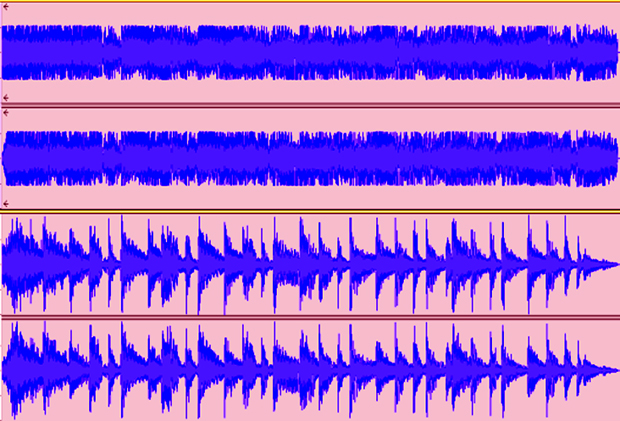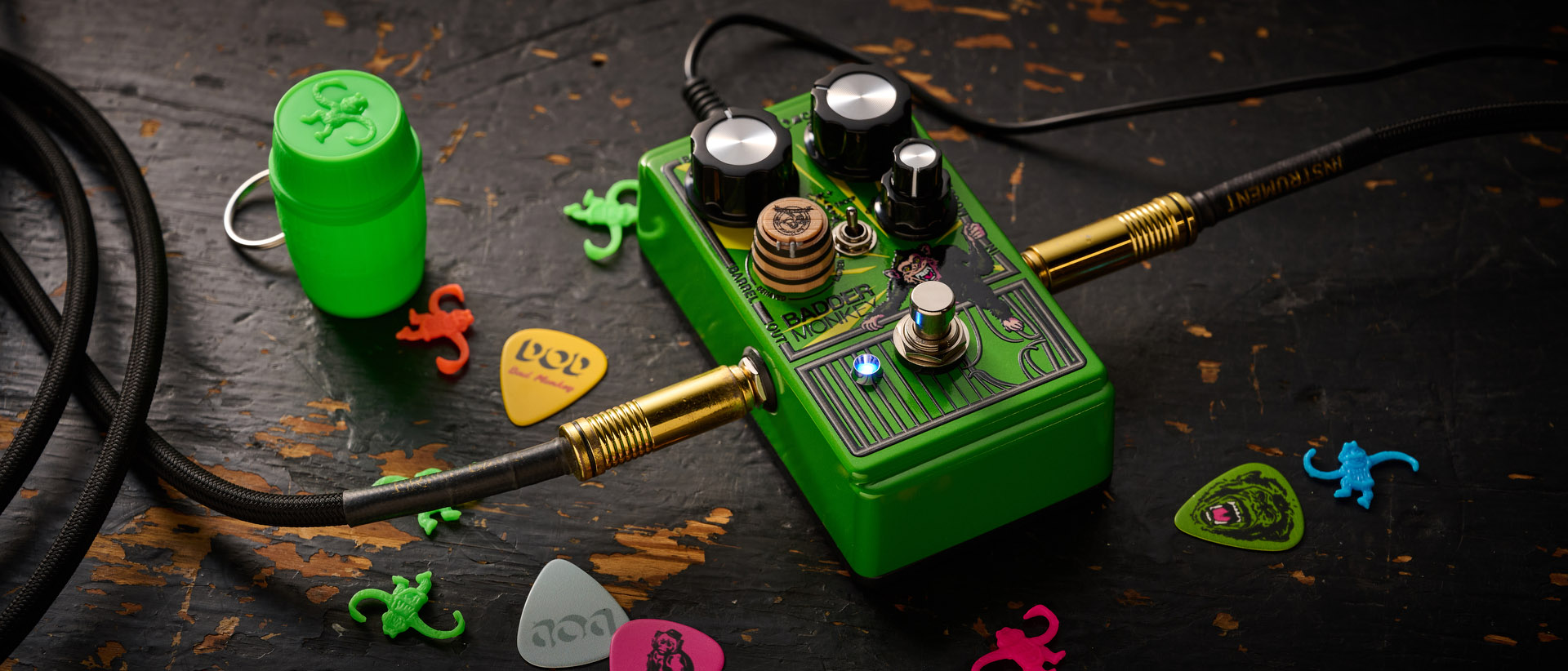Session Guitar: Understanding Compression — and Why You Need It!

Hello, my friends!
This week, we will be talking about an effect that is not sexy. It is not obvious. As a matter of fact, if used properly, it is transparent! If used improperly, it can really ruin a mix or an individual sound. I am talking about compression.
Years ago, I was starting a home recording setup. It was just a four-track cassette system, a mixing board a few mics. I went to the local superstore to ask a few questions on what else they would recommend. I wanted an outboard reverb. They insisted I needed a compressor. I bought the reverb because at least I could hear what it was doing! I should have listened and bought the compressor. It could have saved me hours of recording problems controlling vocalists who went from a whisper to a scream. But that's why I am here.
In a nutshell, compression is used to control and shape the dynamics of a sound. It does this by grabbing the signal (fast, medium or slowly), holding the signal (short medium or long) and releasing the signal (length varies). There also is a threshold control that allows you to set the point in volume at which the compression takes place. There also is a ratio control that sets how much the compression will affect the signal using the previously mentioned variables. There also is a hard and soft button. This will help you as an overall setting on whether or not you want it to be aggressive (hard) or easy (soft).
Sounds simple, right? I know, at this point you may already be lost. It took me about three years of critical listening and experimentation to really get a handle on all this. Now allow me to give some real-world examples of how compressors are used. This will help clarify the previous paragraph.
Compression can be used in many creative ways. I use it to fatten and control a bass guitar signal. I love it on acoustic guitar to allow the attack to ring through while the chords or finger picking sustain. I love it on drums to squash and destroy the signal, then sneak that signal under the drum track to fatten the sound. On vocals it is used to control the dynamics so as not to overload and distort the track, and also it is used to bring up the quieter parts. On a vocal, this can be done using automation. It is tedious, but it is transparent and sometimes preferable.
However, some compressors enhance the sound without even barely using much of the effect. I do not like it on distorted guitars because I find it unnecessary. The signal gets naturally compressed by the distortion. I love it on clean funk guitars and country guitars to add a spank to the signal. Grab it fast and let it get a bit squashed! Also on clean electric guitars that you wish to add some sustain, a la David Gilmour.
All the latest guitar news, interviews, lessons, reviews, deals and more, direct to your inbox!
Now I'd like to talk about some of my favorite compressors and why.
I love the 1176 by Universal Audio and the LA2A. They are not cheap, but the software emulations they make are spot on! I have and use both. The 1176 has a dirtier characteristic and also has the cool all button secret that is used to get THE drum sound. It is my choice for guitars because of the dirty factor. Not to say it is noisy, but it has a characteristic that enhances overtones and down-your-throat sounds. The LA2A is much more transparent and I prefer it on basses and vocals. However, if it is a hyper-clean guitar or an acoustic guitar, I like the LA2A. If it is a metal vocalist or a funky guitar with attitude, I prefer the 1176. A huge studio secret is the TLA50 by Summit. This box is $700 or so. It sounds almost exactly like its $2,000 big brother! I love it on everything and often use it to just run the sound through for the magic!
There are many other compressors from the Distressor to cheapo floor boxes. They all do something good. But let me say this. WITHOUT A FIRM UNDERSTANDING OF COMPRESSION, YOUR RECORDINGS WILL NEVER SOUND LIKE THE BIG BOYS.
Entire mixes can be run through a stereo compressor to gel the sound and add a glue that really fattens up and enhances the sound of the mix. WHEN USED GENTLY. Sometimes I use stems and put a different compressor on each stem. Meaning I group various types of instruments, and use a different compressor on each group, and submix that into the final two bus for the final mix!
Here's something I'd like you to try. Get a compressor, be it hardware or software. Run a signal that is very dynamic, meaning it goes from loud to low. Then run that track through a compressor. Set the hard button to on. It is easier to hear too much than too little. Watch the threshold and set it so you see that it is working. Then experiment with the attack and listen to how fast it grabs the signal. Once it is set, try the release.
Notice if you set it long, the signal never leaves the realm of hard compression. Experiment with the threshold. 12:1 will give you a large amount of squash, meaning: control; while 2:1 will give you a lighter amount and you will still see the signal getting louder and lower, but not as crazy as before. 20:1 will cause limiting. A whole new effect. This is where no more dynamics exist. And mixes can be ruined. Or you can squash it and put it under the mix slightly to fatten up the mix or the signal while keeping the original signal for the dynamics.
I am certain I have not made things better for you if you have no understanding of this important yet complicated topic. But please start now to try. And ask questions. Reach out to me through my website or on the comments. And if you'd like to add something because you are an expert, please share in the comments area at the bottom. I am not an expert. I just have a lot of experience and a ton of gear! And I've asked many questions to many people on this very subject over the years.
This is an ongoing learning experience and it cannot be covered in one blog post, and probably not 10. But experiment and you will be rewarded!
Till next time …
Ron Zabrocki on Ron Zabrocki: I’m a session guitarist from New York, now living in Connecticut. I started playing at age 6, sight reading right off the bat. That’s how I was taught, so I just believed everyone started that way! I could pretty much sight read anything within a few years, and that aided me in becoming a session guy later in life. I took lessons from anyone I could and was fortunate enough to have some wonderful instructors, including John Scofield, Joe Pass and Alan DeMausse. I’ve played many jingle sessions, and even now I not only play them but have written a few. I’ve “ghosted” for a few people that shall remain nameless, but they get the credit and I got the money! I’ve played sessions in every style, from pop to jazz.
